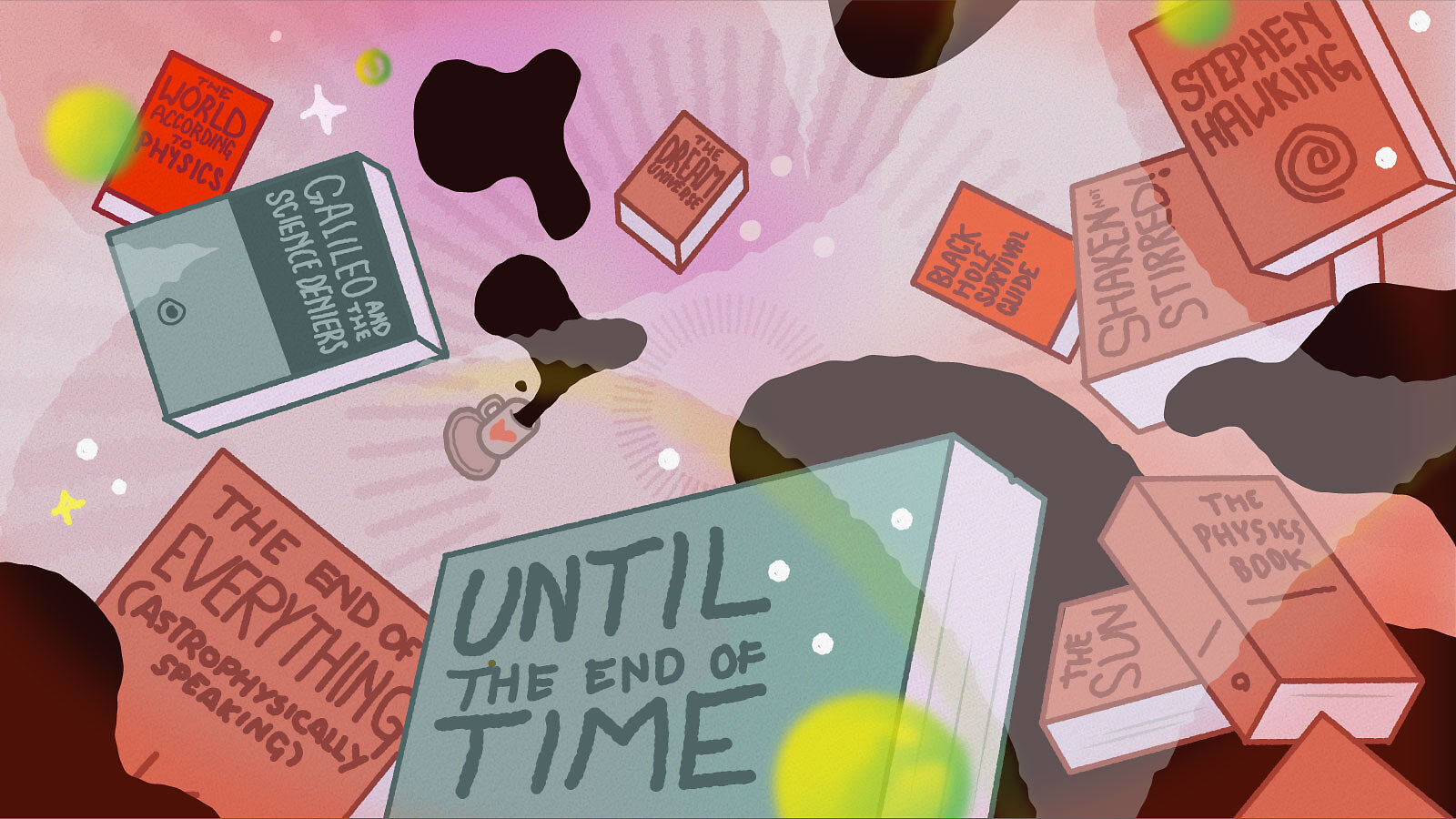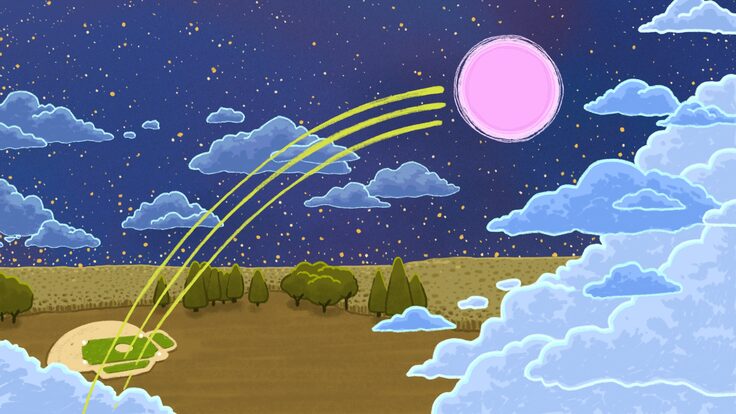How do the questions Galileo faced in the 17th century relate to those posed in our own era? What is our place in this vast realm of existence? How will spacetime come to an end?
These issues and more come to the forefront in science writer Mike Perricone’s selection of the top physics books of the year, including two books listed among the New York Times’ “Most Notable Books of 2020.”
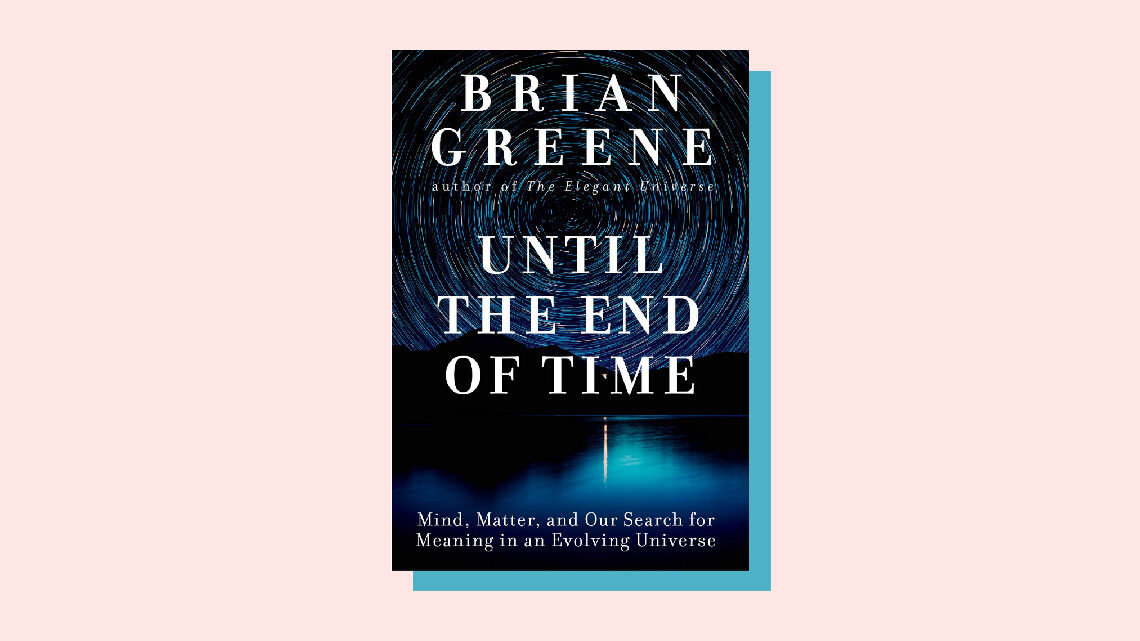
Until the End of Time: Mind, Matter, and Our Search for Meaning in an Evolving Universe, by Brian Greene
In this book, Brian Greene (The Elegant Universe; The Fabric of the Cosmos; The Hidden Reality) embarks on an ambitious quest seeking humanity’s place in the vast expanse of time and space. As he writes, “[w]e emerge from laws that, as far as we can tell, are timeless, yet we exist for the briefest moment of time.” Greene, a professor of physics and mathematics at Columbia University, is the co-founder of the World Science Festival. (This title is listed in the Times’ “Most Notable Books of 2020.”)
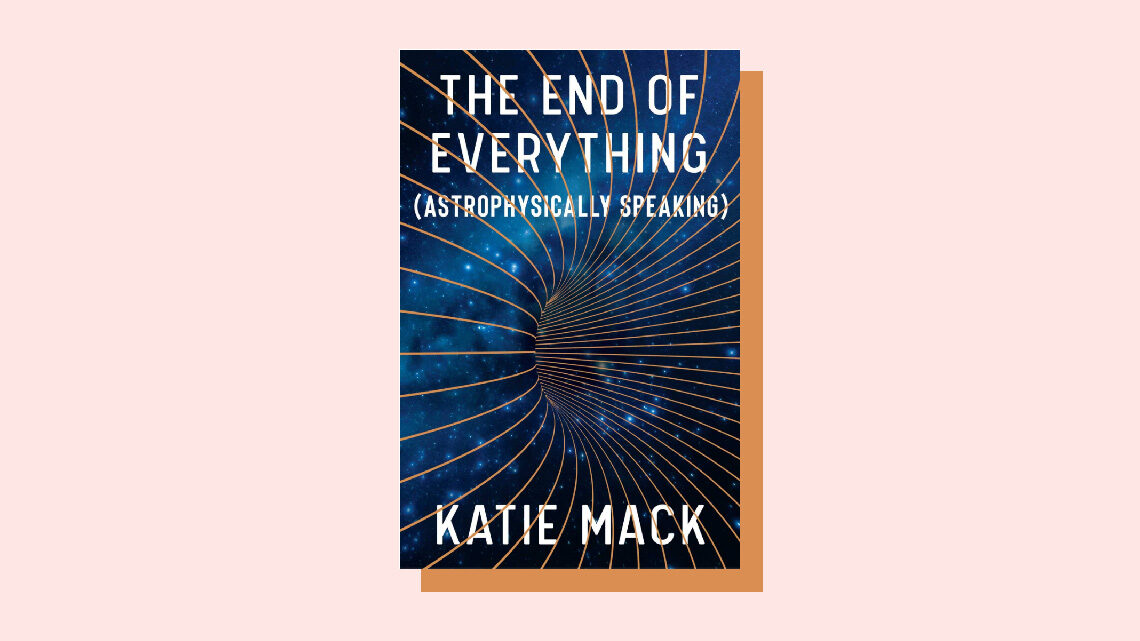
The End of Everything (Astrophysically Speaking), by Katie Mack
We already know how the Earth will end, writes theoretical astrophysicist Katie Mack, assistant professor of physics at North Carolina State University. In about 5 billion years, the sun will become a red giant, engulfing the inner planets in its fireball. But what of the universe itself? From the Big Crunch to the Big Rip, Mack describes the vastly different ways the cosmic curtain might drop, with predictions based on small tweaks to our current, incomplete knowledge of the universe. (This title is listed in the Times’ “Most Notable Books of 2020”)
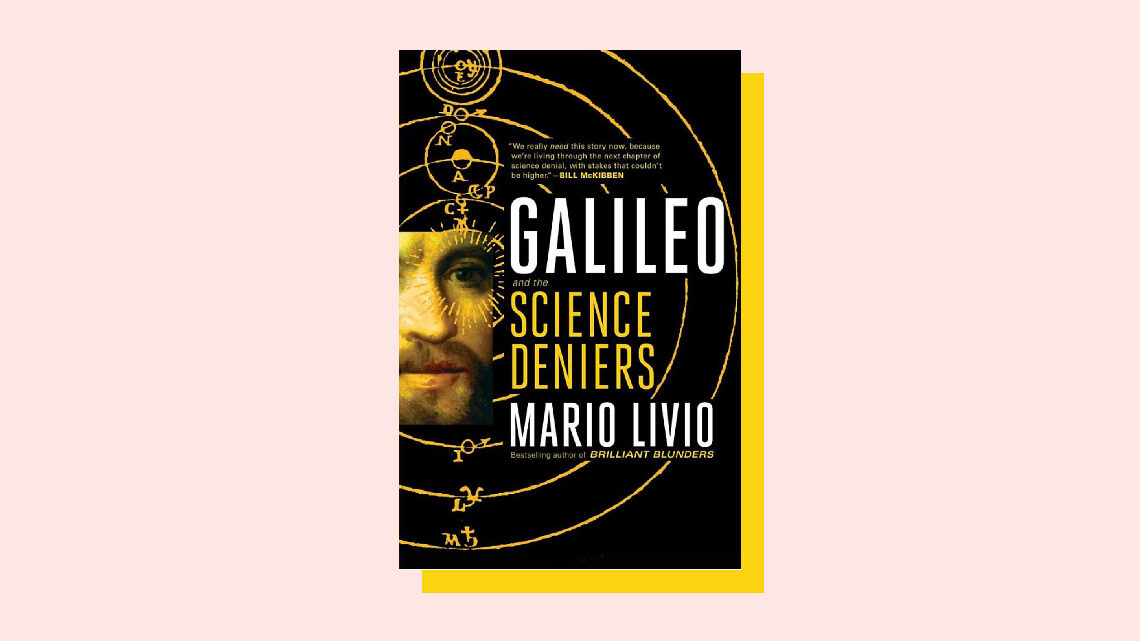
Galileo and the Science Deniers, by Mario Livio
It took the Catholic Church 359 years (1633-1992) to officially admit that Galileo Galilei was right: The Earth does revolve around the sun. The science denialism the Italian astronomer faced isn’t the only aspect of early 17th century life that might seem familiar to us in the present day. Astrophysicist Mario Livio (The Golden Ratio; Brilliant Blunders) couldn’t be more timely in this new treatment of the mind and methods of the founder of modern science.
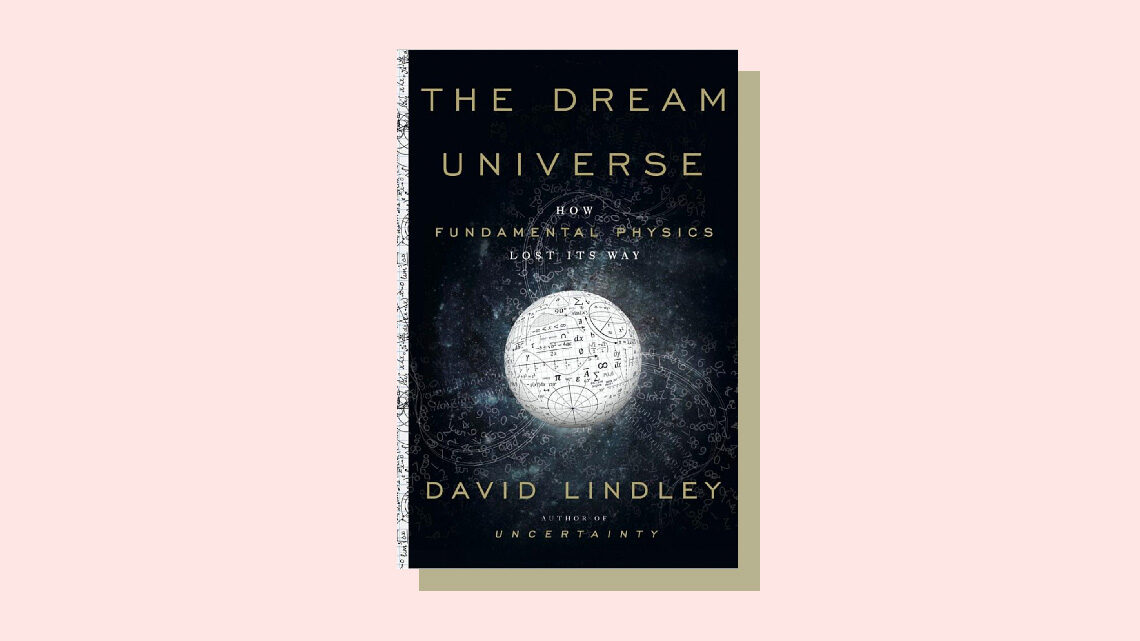
The Dream Universe: How Fundamental Physics Lost its Way, by David Lindley
Declaring that our understanding of reality should be based on evidence rather than pure thought, Galileo set the stage for all of science to come. In this book, astrophysicist David Lindley (Uncertainty; The End of Physics; Where Does the Weirdness Go, and others) claims that scientists in the realm of quantum physics have moved away from Galileo’s vision by prioritizing equations over observations. Lindley warns against science disconnected from measurable phenomena.
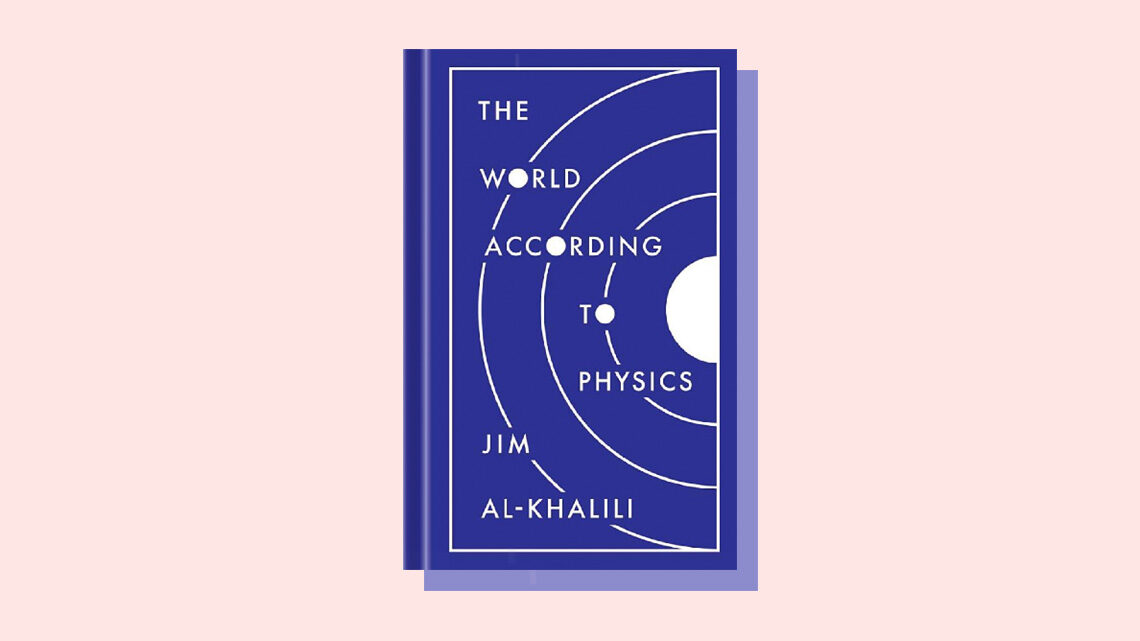
The World According to Physics, by Jim Al-Khalili
In what he calls “an ode to physics,” quantum physicist and BBC commentator Jim Al-Khalili (Paradox: The Nine Greatest Enigmas in Physics; Quantum: A Guide For The Perplexed, and others) declares that physics is the one reliable way we have of reaching the “truth” about reality. Al-Khalili travels from the quantum to the cosmological in exploring the science of matter, energy, space and time that underlie all our everyday experiences and technologies.
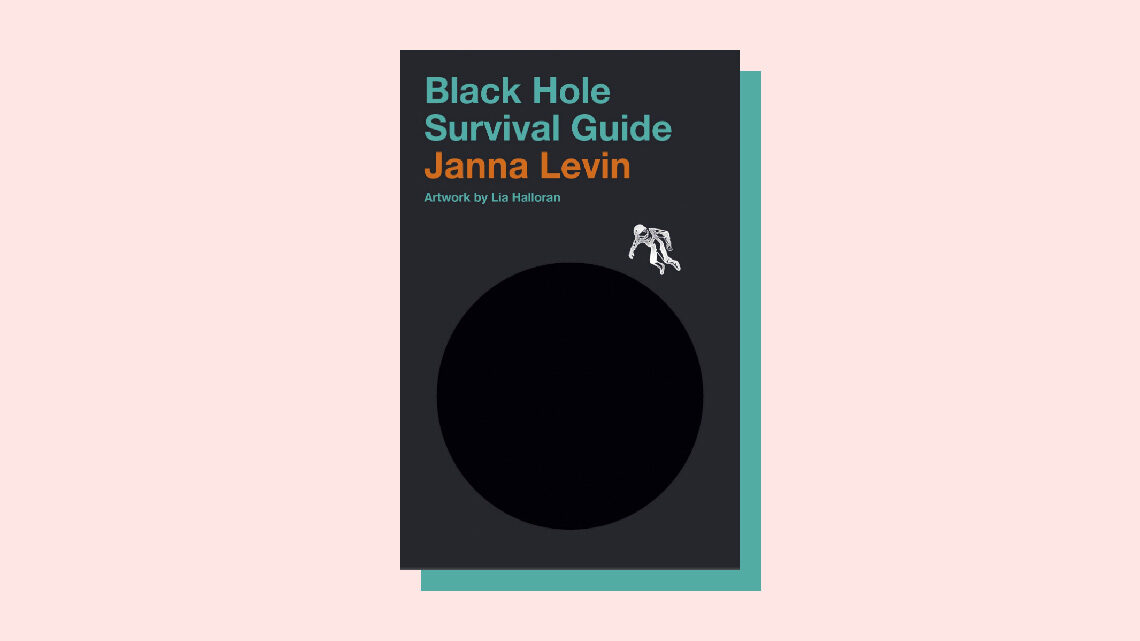
Black Hole Survival Guide, by Janna Levin
“Black holes are special because they are nothing. There is no thing there,” writes Janna Levin (Black Hole Blues and Other Songs from Outer Space; How the Universe Got Its Spots, and the award-winning novel A Madman Dreams of Turing Machines), the Tow Professor of Physics and Astronomy at Barnard College of Columbia University. In this book, Levin invites the reader to imagine an encounter with one of these beasts of nothingness—without which our galaxy, our everything, would not exist. (With illustrations by Lia Halloran)

Shaken, Not Stirred! James Bond in the Spotlight of Physics, by Metin Tolan and Joachim Stolze
Fictional intelligence officer James Bond has a direct link to scientist Sir Isaac Newton, says Metin Tolan, professor of experimental physics at the Technical University of Dortmund, Germany. As he explains in this book, 27 films’ worth of 007’s high-flying exploits and astonishing gadgets can all be explained (or debunked) by science, starting with Newton’s three laws of motion. As for the book’s titular issue, “Shaken or stirred?” Tolan quotes actor Daniel Craig’s Bond in Casino Royale: “Do I look like I give a damn?”
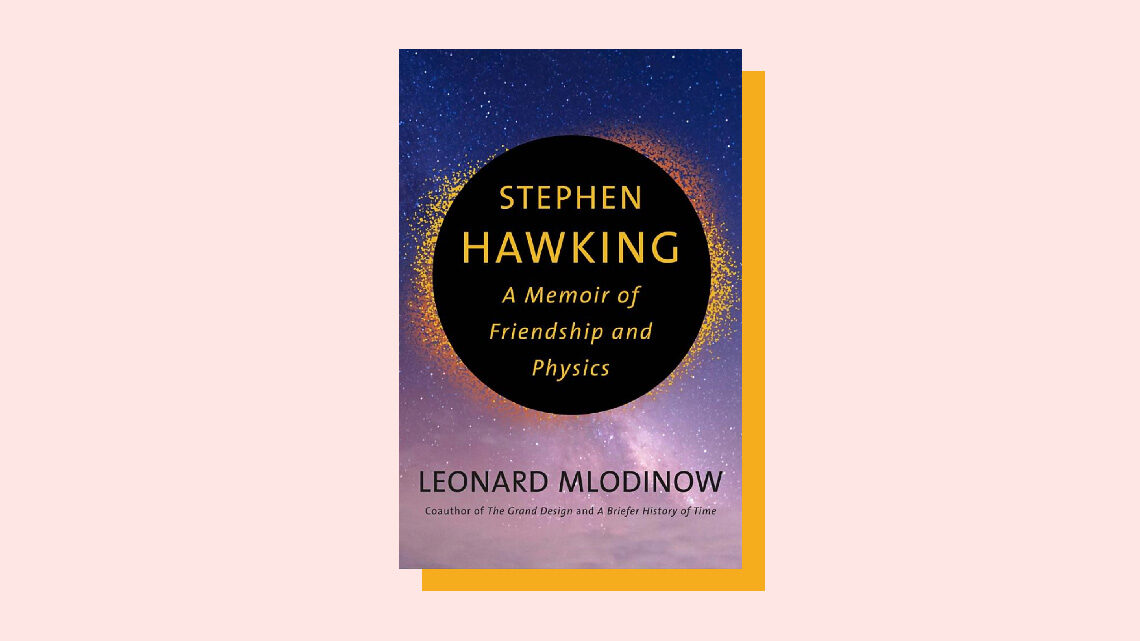
Stephen Hawking: A Memoir of Friendship and Physics, by Leonard Mlodinow
To theoretical physicist Leonard Mlodinow, the late Stephen Hawking was a friend and collaborator for nearly 20 years. In this book, Mlodinow (The Grand Design and A Briefer History of Time, with Hawking; Feynman’s Rainbow, and others) reveals Hawking as a man of puckish humor, a thinker equally adept at contemplating physics and philosophy, and a connoisseur of wine and curry.

The Sun: A Very Short Introduction, by Philip Judge
“We can easily forget that the [s]un is the source of almost all energy that we can readily use, from fossil fuels, winds and waves, to solar panels,” writes Philip Judge, a researcher at the National Center for Atmospheric Research and the National Solar Observatory, in Boulder, Colorado. His book, a recent entry in the Very Short Introductions series from Oxford University Press, explores what we know about our nearest star and its life-giving impact on our planet.
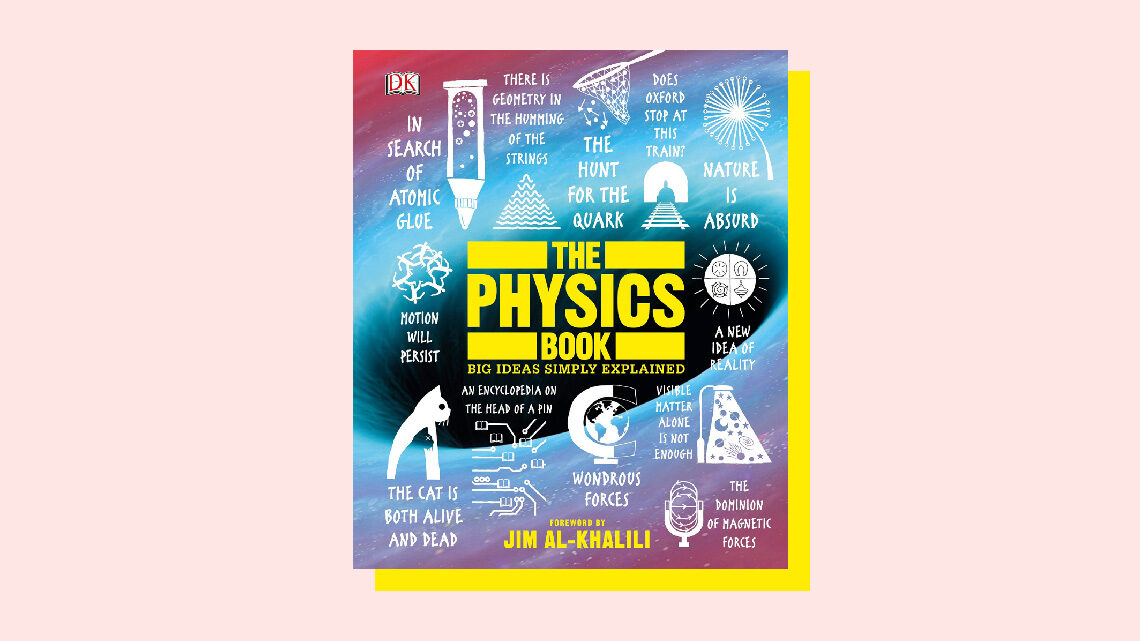
The Physics Book: Big Ideas Simply Explained (with Foreword by Jim Al-Khalili)
In this book, the editors and illustrators of the “Big Ideas” series from DK/Penguin Random House thoroughly and entertainingly explore nearly 100 physics questions organized into seven categories: measurement and motion; energy and matter; electricity and magnetism; sound and light; the quantum world; nuclear and particle physics; and relativity and the universe. The Physics Book is an invaluable resource as an introduction to the science.



